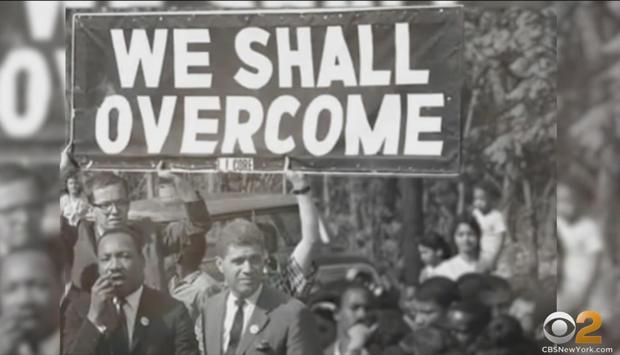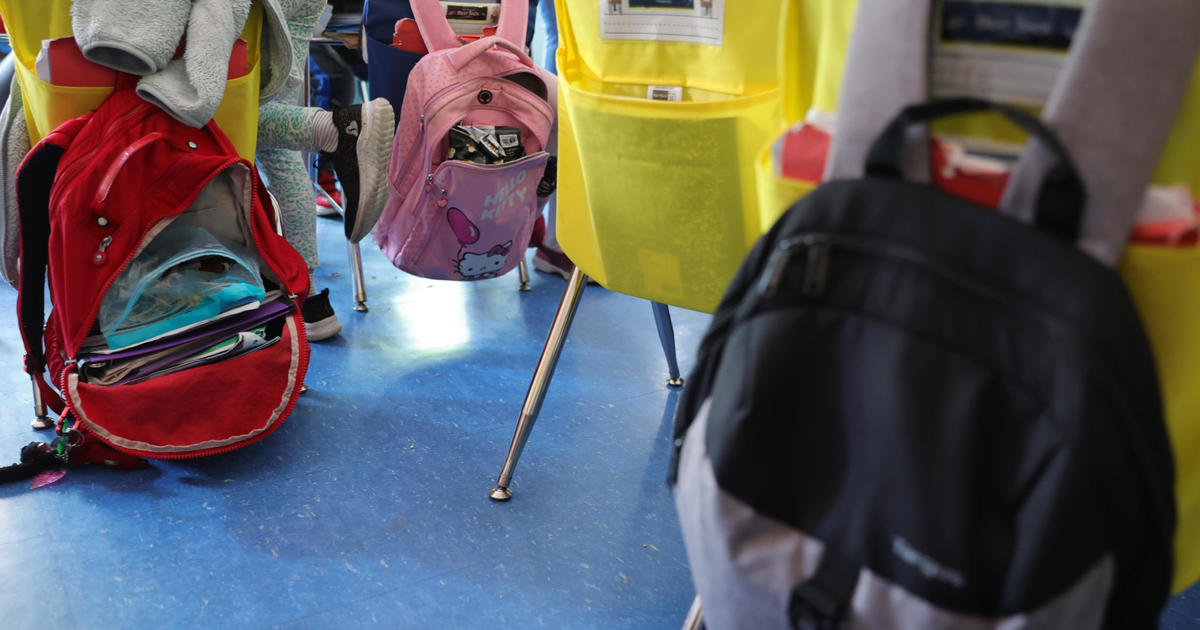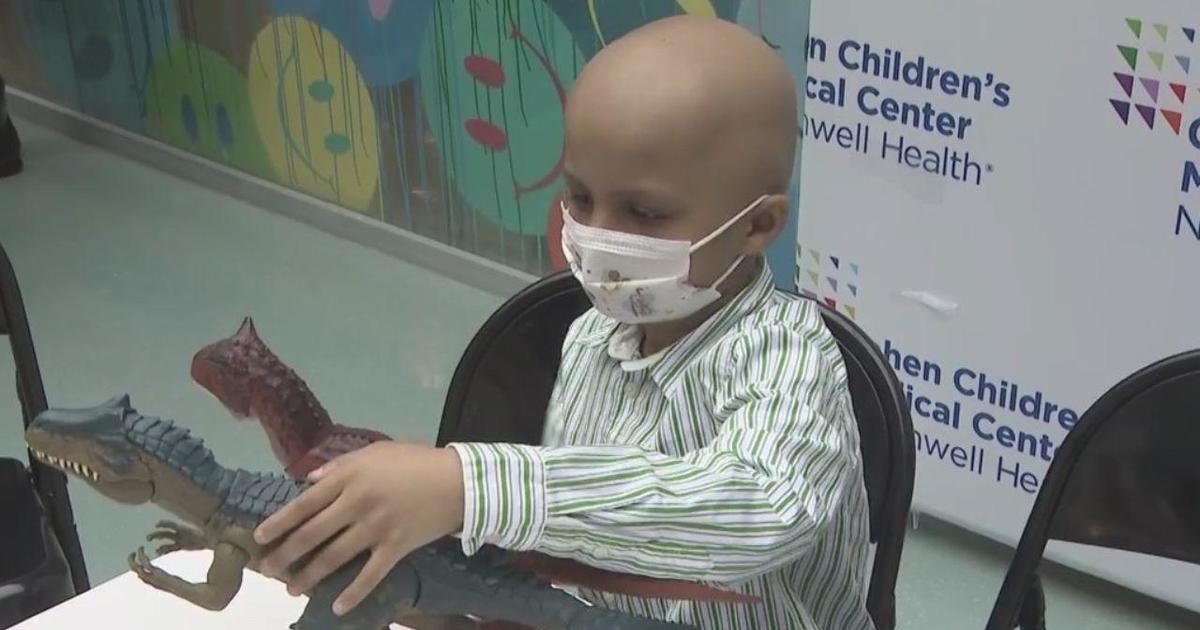Black History Month: Children Who Lived Through Desegregation Of Malverne Schools Reflect On That Tumultuous Time
MALVERNE, N.Y. (CBSNewYork) -- More than 50 years ago, passions boiled over on Long Island in the fight to integrate schools to achieve equal education.
CBS2's Carolyn Gusoff has more on what happened to the children in the middle of the firestorm.
It was a heated time in the nation's first suburbs. Protests raged between white and Black parents as New York state ordered schools in Malverne to desegregate.
Dr. Martin Luther King Jr. amplified Black outrage with a visit to Long Island.
"Dr. King was coming by and he reached out and rubbed my head," Fred Brewington said.
READ MORE: Continuing Coverage Of Black History Month
A young Brewington would leave his home in Lakeview to traverse woods and walk to a mostly white school in Malverne.
It was the first day of forced integration. Brewington vividly remembers his mother's words.
"Make sure you go straight to school. Don't walk on anybody's lawn because they don't want you over there, anyway," said Brewington, now a civil rights attorney.
It was a weighty message for a 9-year-old in the center of a storm.
"There was an awful lot of venom, which was being spewed toward the young students," Brewington said. "Hearing voices of people telling us to 'go back home. 'Statements like that made me feel as if I was not wanted. It's a child's understanding, but, still, it doesn't take away the pain."
His wife, Adrienne, as a second grader, was bused from Lakeview and remembers the yelling.
"It felt unsafe and very tumultuous," she said.
And the message.
"There are just going to be people who don't like you because of the way you look and so you just really got to be at your best all the time," said Adrienne Brewington, now an attorney and minister.
It was a decade after the Supreme Court ruled "separate but equal" schools were inherently unequal. Malverne would test the ruling, unique in its racial imbalance. Within one district there were three elementary schools -- just one overcrowded, underserved and overwhelmingly Black.
"It's just a product of the redlining of Long Island. The local banks will not give African-American veterans mortgages in overwhelmingly white areas," said Dr. Alan Singer of Hofstra University.
"You have these two communities separated by Ocean Avenue, which, ironically, it's said sometimes the two communities are separated by an Ocean," said Donald Pupke of the Malverne Historical & Preservation Society. "The Woodfield School was overcrowded. It had fewer programs. It had much less to offer the children."
White parents asked Gov. Rockefeller and the Supreme Court to block bussing.
"You still had people who were racially motivated," Pupke said.
But Pupke added the resistance wasn't all racist.
"They were losing the neighborhood school and they couldn't see the benefit of the larger integration of all three schools because they really just wanted their kid to go to the school down the block, as opposed to across the other side of town," he said.
FLASHBACK: Expert: New Generation Making Progress Addressing Long Island's Struggles With Racism
A half a century later, Brewington recalls the sudden difference in his education.
"It was like Dorothy leaving Kansas and then landing in Oz. It was going from black and white to Technicolor," Brewington said.
But opposition would linger.
"They set up their own private freedom schools and they will not allow their children to go to the interracial schools," Singer said. "Even though a school integration plan is finally implemented, basically it fails because the white families just pull their kids out of the public school."
The struggle in Malverne not only shaped local history but also Brewington's life. He has spent decades giving back as a football coach and has forged lifelong friendships.
"Life and experience are great teachers and when we have those to share with each other we then become less suspect," Brewington said.
The little boy grew up to have a big voice as a leading civil rights attorney.
"We have come a way. I do not think we have not come a long way because when you look at a majority of schools on Long Island, they are still largely segregated," Brewington said.
"Malverne's population is still 85-90% white. They didn't move. They just pulled out of the public school system," Singer said.
"It accomplished what it set out to in terms of the giving opportunity where opportunity was not present, but it did not change the hearts of individuals, and America, Malverne, Long Island have all run from that," Fred Brewington said.
Adrienne Brewington became a prosecutor and minister, and said she remembers one white teacher.
"None of the Black kids colored in their faces and she talked to us a long time about not being afraid to color in our faces, that our faces were beautiful," Adrienne Brewington said.
The Brewingtons credit their mothers for standing up to inequality.
"That's what we have to do if we want to make a better world. There is a lot of work yet to be done," Fred Brewington said.
They took small steps as children in what has become a long march.
CBS2 will have stories throughout February highlighting the contributions and sacrifices of African-Americans who helped shape our country. You can find them on CBS2 and streaming on CBS News New York, and be sure to check out our special Black History Month section on CBSNewYork.com.




